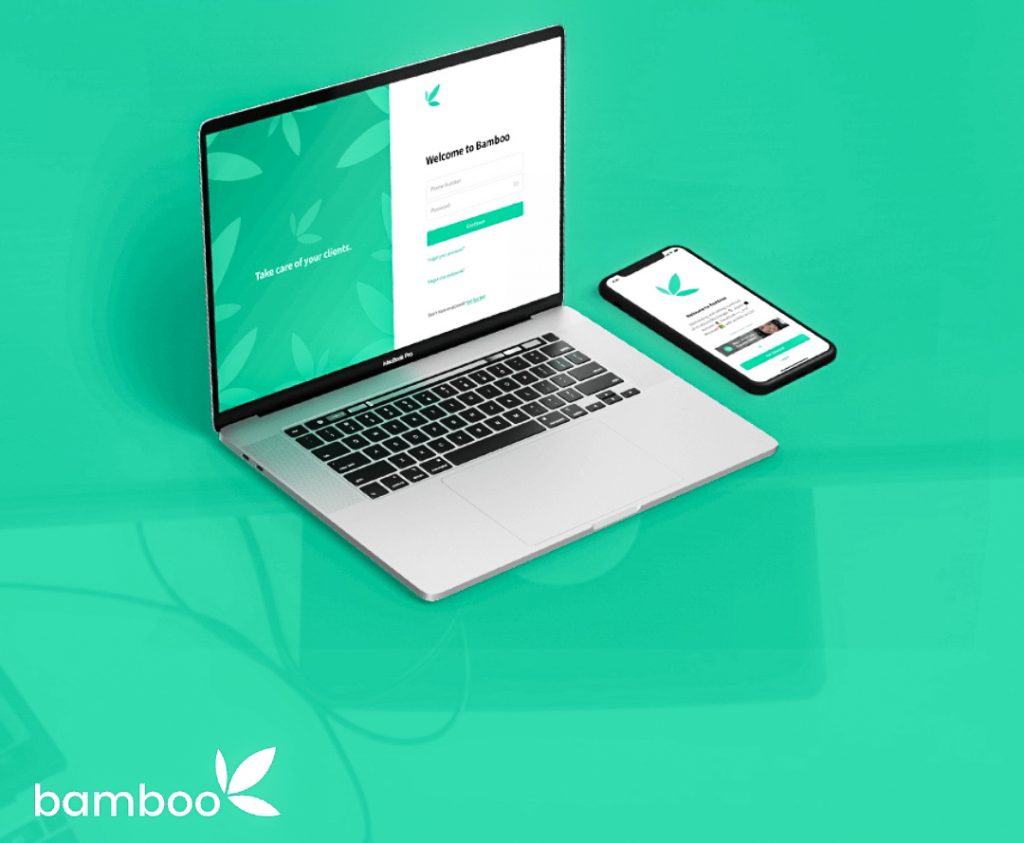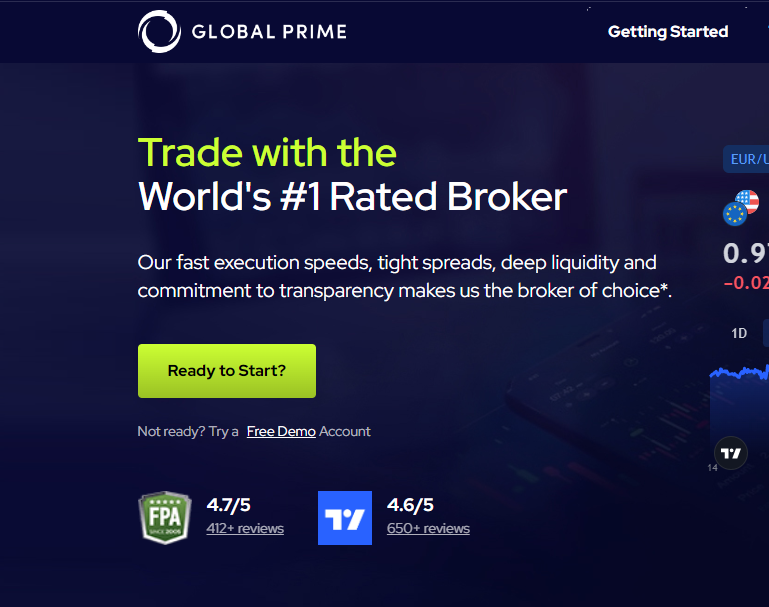Are you curious about how companies go from being privately held to becoming publicly traded on the stock market? The answer lies in the process called an Initial Public Offering (IPO). In this blog post, we will discuss what an IPO is and how it works.
An IPO is a significant milestone for a company. It allows them to raise capital by offering shares of their company to the public for the first time. But the process is not as simple as flipping a switch. It involves a detailed and thorough examination of a company’s financials, business model, and future prospects.
During an IPO, a private company enlists the help of investment banks to underwrite and sell their shares on a public exchange like the New York Stock Exchange or NASDAQ. The IPO process involves preparing a prospectus, submitting it to regulatory bodies, conducting roadshows, and eventually pricing and allocating the shares to investors.
An IPO can be a game-changer for a company, as it opens up opportunities for growth, expands its shareholder base, and provides a platform for future fund raising. Join us as we go behind the scenes and explain how Initial Public Offerings (IPOs) work.
In this blog post, we will discuss:
- The process of Initial Public Offering (IPO)
- Advantages and disadvantages of going public
- How to prepare for an Initial Public Offering (IPO)
- Factors to consider before deciding to go public
- Understanding the role of investment banks in an IPO
- Examples of successful IPOs and their impact on the market
- Common misconceptions about IPOs
The process of Initial Public Offering (IPO)
The process of an Initial Public Offering (IPO) is a meticulously planned and executed endeavour that involves several key steps. Let’s take a closer look at each of these steps.
First, the company needs to decide on which investment banks will underwrite the IPO. These banks play a crucial role in helping the company navigate the complex IPO process. They provide advice, conduct due diligence, and help determine the right offering price for the shares.
Once the investment banks are onboard, the company begins the process of preparing a prospectus. This document contains detailed information about the company, including its financials, business model, competitive landscape, and risk factors. The prospectus is used to disclose information to potential investors and regulatory bodies.
After the prospectus is prepared, it is submitted to the Securities and Exchange Commission (SEC) or other relevant regulatory bodies for review. The regulatory bodies ensure that the information provided in the prospectus is accurate and complete, and they may request additional information or clarification before approving the IPO.
Once the prospectus is approved, the company embarks on a roadshow. This is where the company’s management team, along with representatives from the investment banks, meet with potential investors to present the investment opportunity. The roadshow is an opportunity for the company to showcase its business and convince investors of its growth potential.
After the roadshow, the company and its underwriters determine the final offering price for the shares. This price is based on several factors, including the company’s financial performance, industry trends, and investor demand. The shares are then allocated to the investors who participated in the IPO.
Finally, on the day of the IPO, the company’s shares begin trading on the stock exchange. This is when the public can buy and sell the company’s shares, and the company becomes a publicly traded entity. The stock price is determined by the market forces of supply and demand, and it can fluctuate greatly in the early days of trading.
Advantages and disadvantages of going public
Advantages of Going Public
1. Access to Capital
Public companies can raise significant capital by issuing shares, enabling funding for expansion, research, and other strategic initiatives.
2. Enhanced Visibility
Going public increases a company’s visibility, attracting attention from investors, customers, and potential business partners.
3. Liquidity for Shareholders
Publicly traded shares provide liquidity, allowing existing shareholders to sell their holdings easily, which can be attractive to early investors and employees.
4. Currency for Acquisitions
Publicly traded stock can be used as a valuable currency for acquisitions, facilitating mergers and strategic partnerships.
5. Employee Benefits
Stock options and grants tied to publicly traded shares can be powerful incentives for attracting and retaining top talent.
Don’t Miss: The Most Richest Countries In The World, And The Factors Driving Their Prosperity
Disadvantages of Going Public
1. Regulatory Compliance
Public companies face increased regulatory scrutiny, with requirements from agencies like the SEC, which can be complex and time-consuming.
2. Loss of Control
Going public often results in a dilution of ownership and can lead to a loss of control as decisions may be influenced by a diverse group of shareholders.
3. Short-Term Pressures
Publicly traded companies may face pressure to deliver consistent short-term financial results, which may conflict with long-term strategic goals.
4. Disclosure Requirements
Public companies must disclose detailed financial and operational information, which can limit confidentiality and competitive advantages.
5. Costs of IPO
The initial public offering (IPO) process is expensive, involving substantial legal, accounting, and underwriting fees, which can impact overall financial resources.
How to prepare for an Initial Public Offering (IPO)
Preparing for an Initial Public Offering (IPO) requires careful planning and preparation. Here are some key steps to consider before embarking on the IPO journey.
- Prepare for an Initial Public Offering (IPO) with careful planning and consideration.
- Ensure a solid business foundation, showcasing a strong financial track record and clear growth strategy.
- Assemble a skilled team with expertise in finance, legal, and investor relations.
- Conduct a comprehensive internal audit and due diligence to identify and address potential issues.
- Engage reputable investment banks with a strong industry track record for underwriting and selling shares.
- Seek external advisors, such as legal counsel and auditors, for compliance and expert guidance.
- Consider market conditions, industry trends, and investor sentiment when timing the IPO.
- Be prepared to postpone the IPO if market conditions are unfavourable.
Factors to consider before deciding to go public
Before deciding to go public, there are several factors that companies should carefully consider. Let’s explore some of these factors.
- Evaluate the readiness for rigorous reporting and compliance obligations associated with being publicly traded.
- Assess the company’s resources and capabilities to meet financial reporting and disclosure requirements.
- Consider the growth prospects and funding needs, with a clear plan for utilizing IPO funds.
- Explore alternative funding options, such as private equity or venture capital.
- Assess the corporate governance structure, emphasizing independence, transparency, and internal controls.
- Evaluate potential impacts of going public on company culture, values, and decision-making processes.
- Carefully consider the potential risks and challenges associated with market volatility and regulatory compliance.
- Develop strategies to mitigate risks and address potential conflicts between management and shareholders.
Examples of successful IPOs and their impact on the market
Over the years, there have been several examples of successful Initial Public Offerings (IPOs) that have had a significant impact on the market. Let’s take a look at some of these examples and how they have shaped the business landscape.
One of the most notable IPOs in recent history is that of Facebook. In 2012, Facebook went public, raising $16 billion and becoming one of the largest tech IPOs of all time. The IPO was highly anticipated, with investors eager to get a piece of the social media giant. Despite initial price volatility, Facebook’s stock has performed exceptionally well since its IPO, making early investors and employees millionaires.
Another successful IPO is that of Alibaba Group. In 2014, the Chinese e-commerce giant went public on the New York Stock Exchange, raising a record-breaking $25 billion. The IPO was a watershed moment for the Chinese tech industry and signaled the rise of Alibaba as a global powerhouse. Since its IPO, Alibaba’s stock has experienced steady growth, and the company has continued to expand its reach into new markets.
Beyond the tech industry, there have been successful IPOs in other sectors as well. For example, in 2008, Visa Inc. went public, raising $17.9 billion. The credit card company’s IPO was the largest in US history at the time and helped solidify Visa’s position as a leading player in the payments industry. Since its IPO, Visa’s stock has seen significant growth, reflecting the company’s strong financial performance and market dominance.
These examples demonstrate the transformative power of a successful IPO. Going public can provide companies with the capital, visibility, and credibility they need to accelerate their growth and become industry leaders. Successful IPOs can also have a positive ripple effect on the market, attracting investor interest and stimulating economic activity.
Common misconceptions about IPOs
Despite the widespread popularity of Initial Public Offerings (IPOs), there are several common misconceptions about the process. Let’s debunk some of these misconceptions and set the record straight.
One common misconception is that IPOs are a guaranteed path to riches. While it is true that successful IPOs can generate substantial returns for early investors, not all IPOs are created equal. The performance of a company’s stock after the IPO depends on various factors, including market conditions, industry trends, and the company’s financial performance. Investing in an IPO carries risks, and investors should carefully evaluate the company’s prospects before making investment decisions.
Another misconception is that IPOs are only for large, established companies. While it is true that many well-known companies have gone public, IPOs are not limited to big players. Companies of all sizes, from startups to mid-sized enterprises, can go public if they meet the necessary requirements and have a compelling growth story to tell. In fact, some of the most successful IPOs have been from relatively unknown companies that have captured investors’ imaginations.
Furthermore, there is a misconception that IPOs are a one-time event. In reality, going public is just the beginning of a company’s journey as a publicly traded entity. Publicly traded companies must continue to meet reporting and compliance obligations, communicate with shareholders, and navigate the ever-changing market dynamics. Going public is a significant milestone, but it is not the end of the road.
Lastly, there is a misconception that IPOs are only for companies in the tech industry. While it is true that the tech industry has seen its fair share of high-profile IPOs, companies from various sectors can go public.
The Bottom Line
An IPO is a significant milestone for a company. It allows them to raise capital by offering shares of their company to the public for the first time. This is done through the issuance of new shares or the sale of existing shares held by the company’s founders, employees, or other investors. The shares are then listed and traded on a public exchange, such as the New York Stock Exchange or NASDAQ.
The decision to go public is not one that companies take lightly. It involves careful consideration of various factors, including the company’s financial health, growth prospects, and the current market conditions. Going public can provide a substantial infusion of capital, which can be used to fund expansion, research and development, acquisitions, or pay off debts.







